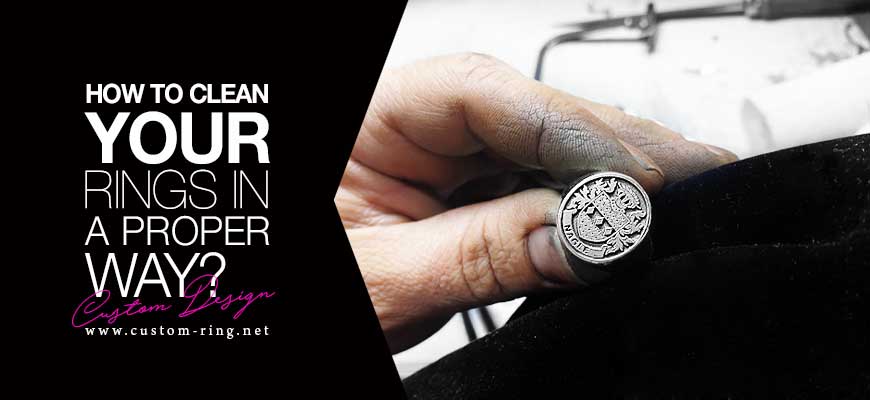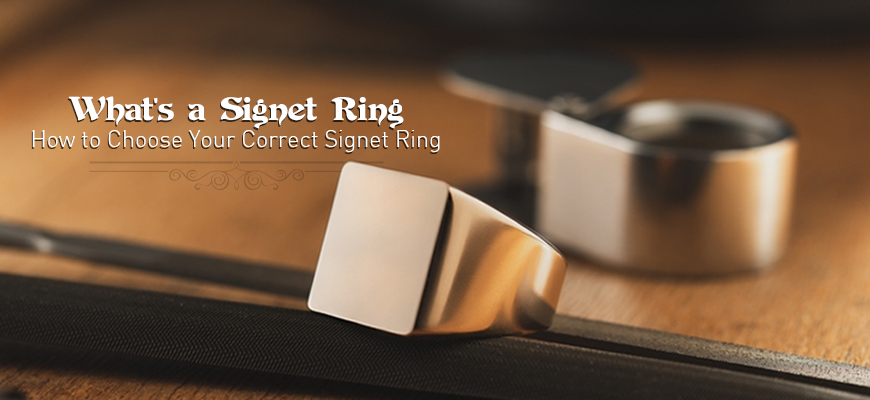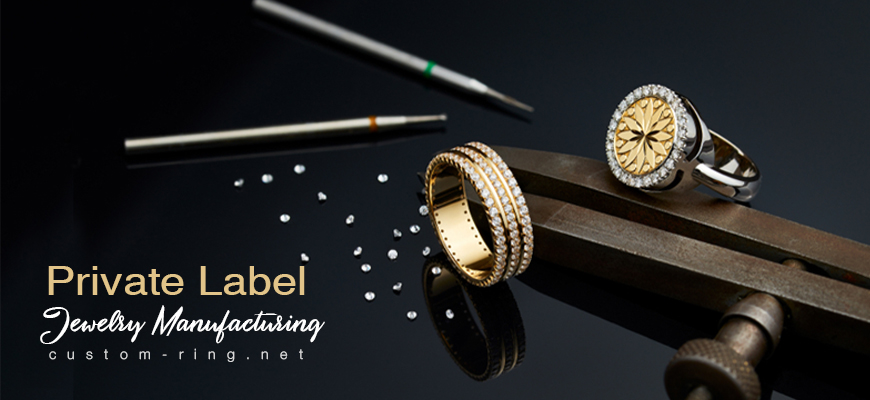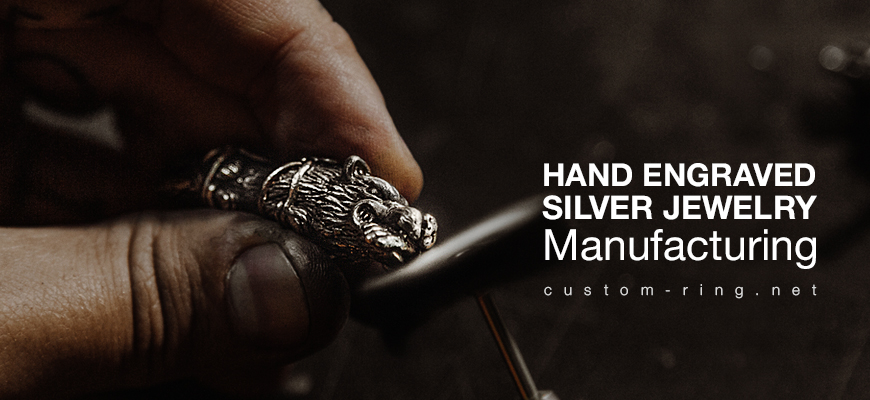
The Future of Jewelry Manufacturing Is Custom and 3D Printed
The Future of Jewelry Manufacturing Is Custom and 3D Printing
Custom and 3D printing is a cost-effective and on-demand approach in jewelry manufacturing. We provide custom 3D bookmark rings printed in polymer and rings in precious metals, with 3D impressed wax tools. Customers can now affordably design the ring they want to make through 3D printing and wax casting.
The craftsman allowed individual wearers to customize their jewelry, but the economy of mass production and speed largely uprooted this craft approach. The future of jewelry offers wearer-size, and custom-made signet rings with software design and digital 3D printing. It combines the return to the old manner in which jewelry item is produced with fast speed and cost savings.
Is 3D Printing the Future of Manufacturing?
3D printing is becoming an essential part of industrial manufacturing. The cost has improved, and product materials have increased. The global 3D printing market is expected to reach $41 billion by 2026.
Meanwhile, traditional manufacturing uses technology to streamline processes. Will 3D printing change manufacturing? In 2017, 81 percent of manufacturing executives use it, but only 29 percent use it for production parts. Examine the state of technology today and how it will impact manufacturing in the future.
Today's 3D Printing
3D printing, also known as AM, produces three-dimensional digital file objects. The process begins with a 3D printable model, which makes the object in hundreds or thousands of printable layers using specialized software. Each layer is printed one by one by a 3D printer until the object is completely formed.
We creating prototypes were the earliest and most enthusiastic users. The leading managers hailed 3D printing as a future of jewelry manufacturing only because of cost and other constraints. 3D development has recently speeded up on several fronts.
Printer capabilities have improved, trade standards are developing in specific designs and materials, and the software for 3D printing takes a product idea from drawing to printing. This leads to the inclusion of 3D printing in the future of jewelry manufacturing.
Future Printing
Are we still there? No, but the future comes as additive production overcomes the remaining obstacles. 3D printing must be produced in mass production more quickly and cheaply. Although handy for small runs. For most products, the post-processing cycle is also too painful to be effective at large scales.
3D printing must also continue to develop alternatives to metal powders for metal parts production. Metal powder working is difficult, dangerous, and requires extensive after-treatment. Without sacrificing standards, cost and cycle times must decrease.
When things go wrong, traditional supply chains rely on established service supplier networks to reduce downtime. The same strong support systems are required for this.
Digital Jewelry Manufacturing on-demand and affordable
We offer a customized, on-demand, affordable option for signet rings. Customers can use their options and tools to create their own digital designs on the websites of the company instead of going to jewelry stores or choosing the existing ring collection.
Now there are four ring packages for precious metals - silver and yellow, rose and white gold - and a lower-cost nylon SLS ring with enamel, acrylic, or matt finishing's available.
The 3D rings are printed in nylon or cast 3D print wax format by the Service Office and its partners.
Whereas we expect the ’s growth of service providers to continue, the 3D resin-based digital (DLP) printer is used to manufacture some of the lost models for wax casting.
In one design process, this machine can produce 55 wax ring shapes over the day to allow a high mixture with frequent turnover manufacturing. Each ring may be different, sized, and designed specifically for the individual who wears it.
Custom manufacturers must be software developers
The productive side of this industry was fairly simple, as much as 3D printing made it possible for a new manufacturer's business. However, custom design requires reliable and easy-to-use software and the startup has done a lot of development work.
3D printing is a digital process, requiring digital input and some of that input must at least be provided directly to the customer for a particular item.
When manufacturers of other 3D print products have found custom and on-demand, success requires addressing this issue less as a manufacturer than as a software developer.
Four of the seven people working for the future of jewelry manufacturing Is custom and 3D printed are committed to developing and shopping online. "We probably first experienced two or three different outsourcing companies building mobile apps but we did find out that we had to bring this home to get into these questions." "A whole year was required to develop the interactive "sketch editor" jewelry manufacturing, which customers can now order.
- The person must select the base design
- Select the material and personalize the ring by using this interface to make text and imagery easy.
- The STL file will be sliced and transferred to a 3D printer once the order is placed and paid.
- Ring prices according to the volume of material.
In the future, technical problems such as building connections from the sketch editor to the Slicer and the 3D printer, and the measurement of rings were addressed in the jewelry industry. But not all software difficulties; particularly the size is a barrier.
Standard ring sizes are likely to be a reliquary of mass production, simplifying a production process based on tools but not serving end-users forcefully. Although many consumers may know a ring size, it is probably a "good enough" number rather than a suitable one. We realized that offering genuinely custom design requires more freedom to size so that wearers can fit themselves properly.
Rings can still be bought based on standard dimensions, yet the company hopes to get something more precise: helping customers gain high accuracy in millimeters. To enable this, we developed two tools.
An existing ring can be photographed using the company's iPhone Photogrammetry app on a rounded-edge standard card like a credit card or ID. The photographs are scanned with a proprietary pixel analytical algorithm for the diameter of the ring.
Customers can access and measure their fingers from any Alex Machine.com browser to access an (again, card-scaled) digital caliper.
Apart from the commercial potential, the future of jewelry manufacturing
Far beyond the business opportunity, the future of jewelry manufacturing sees such projects as an opportunity to excite 3D printing students. In addition, the company is planning to launch an online learning program that will cover the history, present condition, and future of remaking.
The future of jewelry manufacturing Is custom and 3D printed will look forward to more local and customer-involved jewelry production. Customers have the choice of downloading and printing custom ring STL files themselves by the end of June 2020.
Another possibility in the future could be to distribute products to local joys that often have casting capacity to customers. The software of the firm can also be used in a combination of 3D printing and personalized design and can also be used for the production of other products on the internet.
We see that another brand can use some of our tools as part of our company. All trends show that more jewelry items are purchased online.











Comment